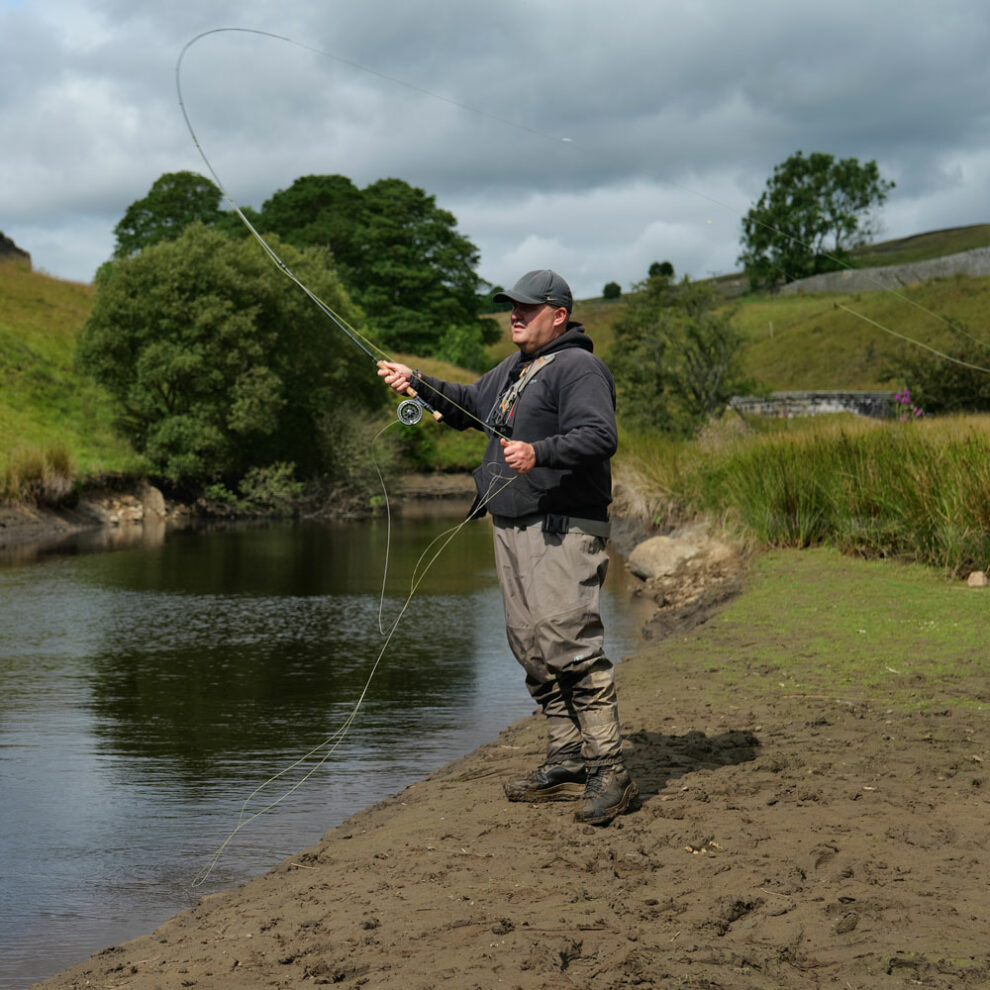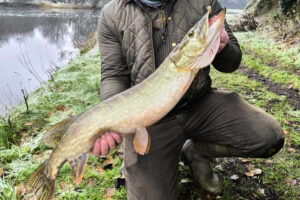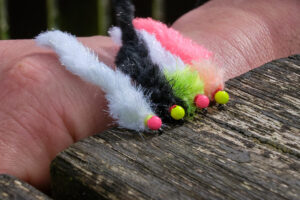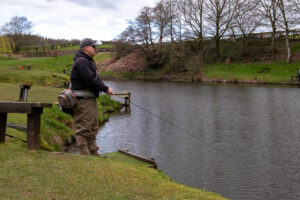How do I get more distance with my fly cast? Ever heard or asked yourself that question before I certainly have! When people say distance, I try to find out what we are talking about. Is it 5 to 6ft or 25ft? A lot of the time, people can hit the distance but wall into poor technique. They will come out of the technique trying to push the rod harder. We’ve worked hard on getting our technique right, so let’s do everything we can do to protect it.
There is one way that you can increase your distance without destroying your technique or working those muscles all the more hard, and it is simple. Believe it or not, simply cleaning your fly line and rod guides can increase your distance greatly!
This is the starting point I use when talking to a client about distance, and more often than not, it gives the few extra feet they require to be happy.
A fly line that is dirty and the rod eyes that are similar will result in us working hard with the rod to shoot the line. All of these buildups on the line and the eyes cause extra friction, which results in less distance. Fly lines were designed to be slick, likewise the guides on your rod. Getting them back to new, will massively aid your casting and distance.
As I’ve already mentioned, the harder we work on trying to punch that line out there, the worse our technique will get, resulting in all sorts of fun problems for us.
So, what do you need to clean a fly line? It’s actually not a lot, these items are easily obtainable, and you might even have some of them at home already.
How to Clean a Fly Line
You will need:
- Two buckets or basins
- Washing up liquid
- Line cleaner
- 2 cloths
- A dirty fly line
- Put some warm water and a few drops of washing-up liquid into one of the basins. I leave the reel on the bottom section of my rod as it’s easier to grip, strip line from the reel and into the bucket of warm, soapy water.
- Leave the fly line in the water for between ten and twelve minutes.
- Place the second bucket beside the first bucket. Now, get a cloth and pull the fly line from the first bucket through the cloth and into the second bucket, which is empty. This process will remove dirt and grime but also dry the line ready for our line treatment to go on.
- With the line in the empty bucket, we can pour the contents of the first bucket away. Dry out the bucket and place it beside the bucket that has your fly line in.
- Get a dry cloth and place some line treatment onto it, and then strip the line through and into the empty bucket.
- When you get halfway through stripping the line, add a little more treatment to the cloth.
- When all the line is in the bucket, you can now reel the line back onto your reel.
- I like to add some floatant on the last 12 inches of my welded look.
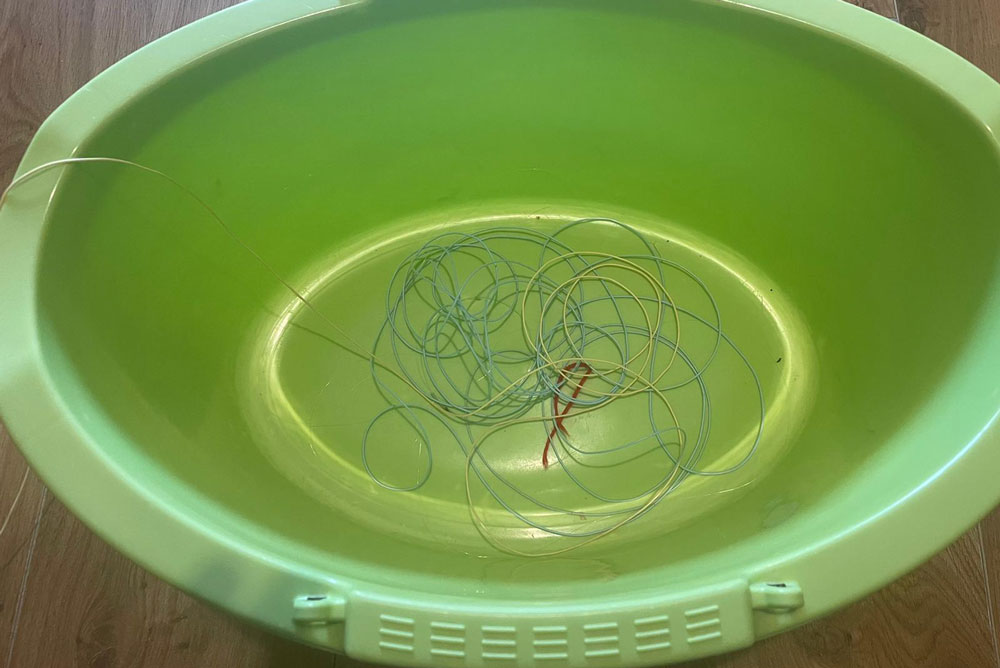
And that’s it, a simple process to clean up your line and get it moving slickly through those rings. However, we’re not done yet, we may have a spotless fly line, but our rod guides are likely to be grubbing from all of that use. So let’s clean them and give that fly line an easier path to travel through.
How to Clean Your Rod Guides
For cleaning the guides, you’ll need a few items to hand.
- 4 cotton buds.
- Eye / Lash Brush (yes, I really did say eyelash brush, best to buy one dedicated to the job though, rather than “borrowing”)
- Some warm water, with a few drops of washing-up liquid in.
- Some dirty rod eyes.
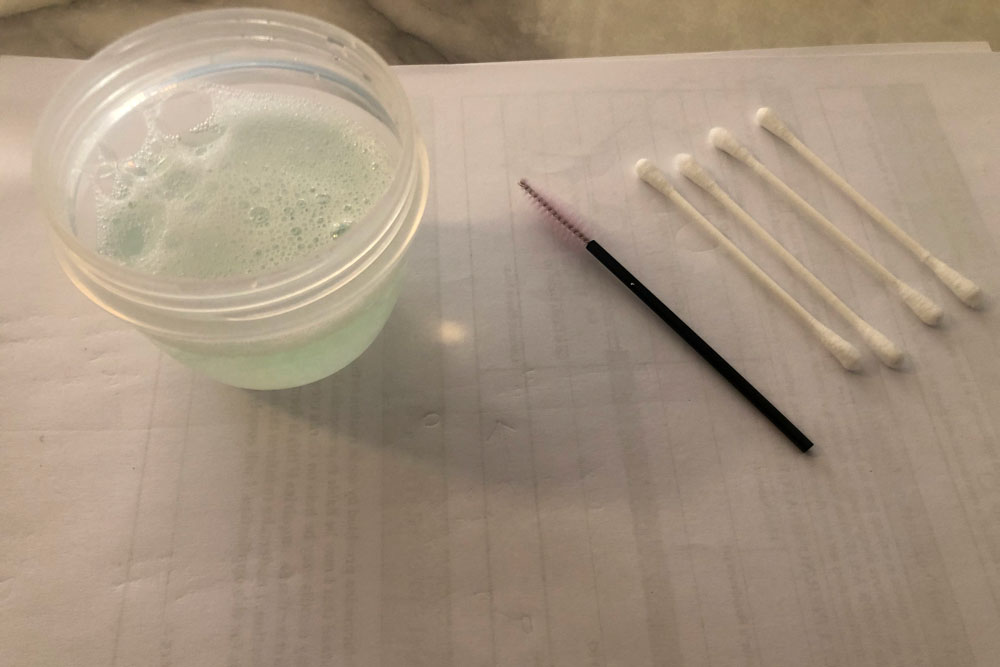
To make it easy to manage, the rod should be dismantled with its four sections broken down.
- Wet a cotton bud with the warm water and washing up liquid mix and rub the inside of the rod guides where the dirt and grim is most likely to build up.
- Take the eyelash brush and rub around the inside of the rod guide, again this will remove more dirt and grime.
- Dry off the inside of the guides with a dry cotton bud.
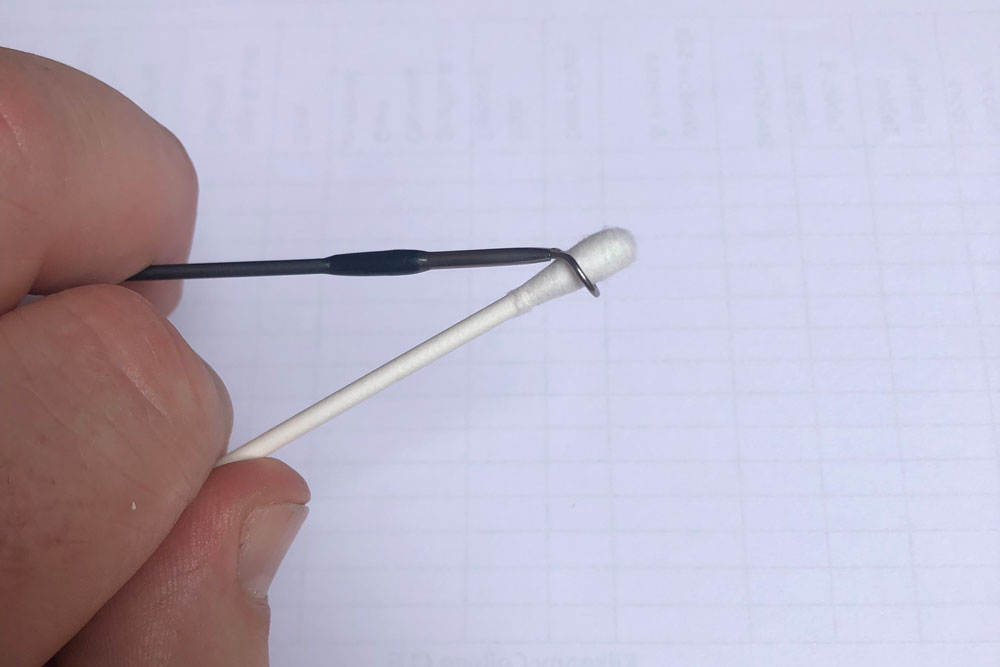
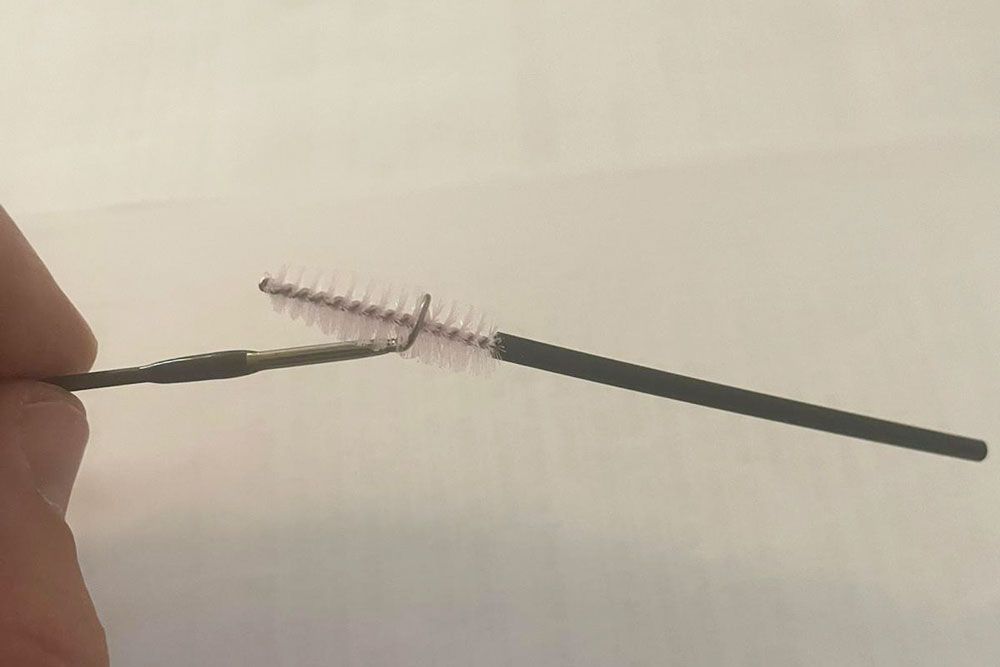
And that is it, simple and easy. Our rod guides have had a deep clean and are ready for some smooth casting with added distance.
This really is one of the simplest ways to get you casting those extra few feet that could well make the difference when you’re on the bank. Give it a go, you’ll be pleasantly surprised.

